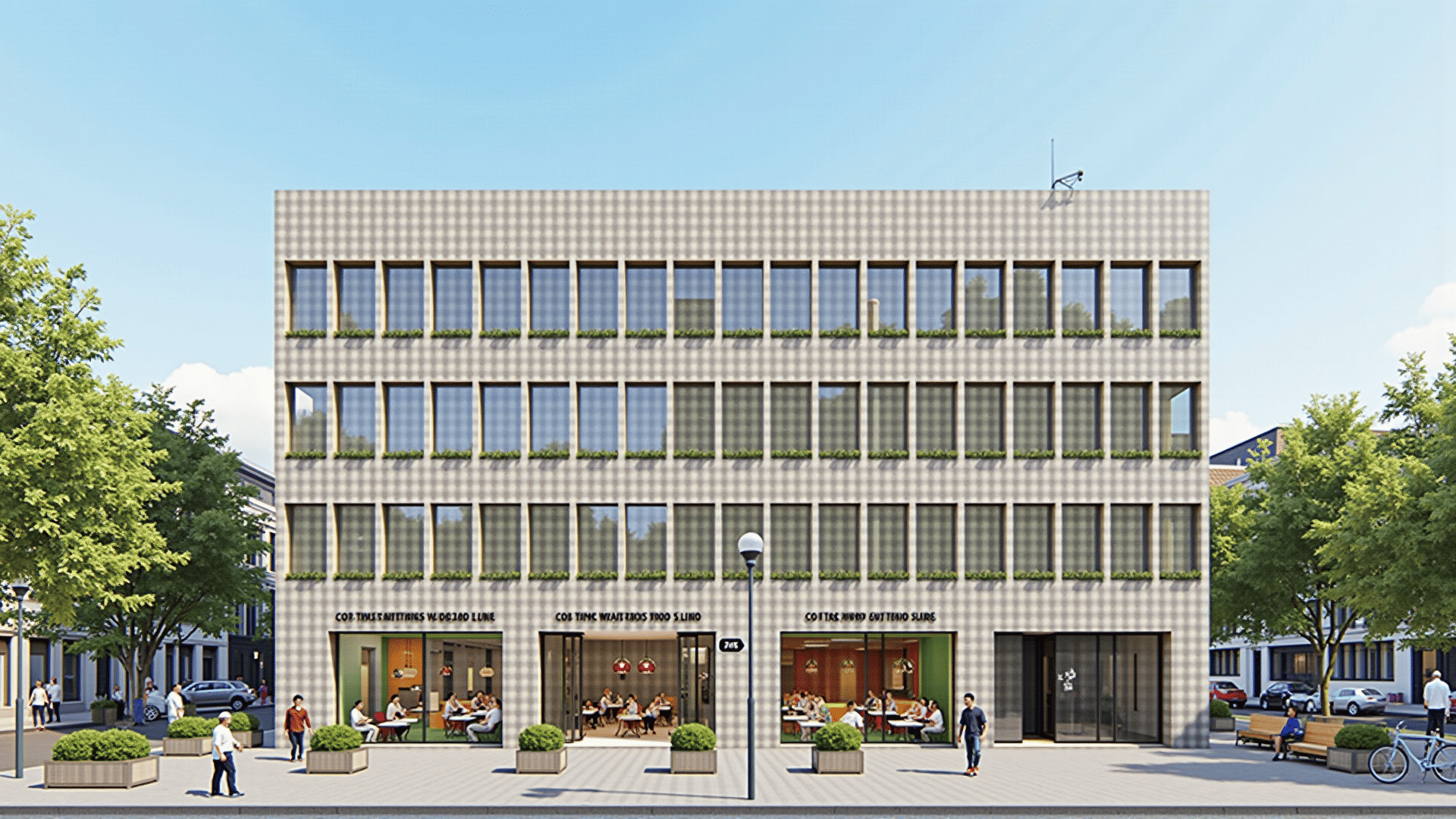The Netherlands is renowned for its innovative approach to architecture and design, and nowhere is this creativity more evident than in its treatment of historical government buildings erected between 1951 and 1989. These structures, once symbols of post-war recovery and modernization, are now being reimagined, preserving their historical significance while breathing new life into their walls. This process, known as adaptive reuse, beautifully balances the past and the present, highlighting the Dutch commitment to sustainability and heritage.
The mid-20th century was a period of rapid development in the Netherlands, characterized by the construction of government buildings that mirrored the era's architectural trends. With functional, minimalist designs often utilizing concrete and steel, these buildings served a variety of governmental purposes. Now, decades later, the challenge is to retain their historical and architectural value while repurposing them for contemporary needs.
A prime example of this adaptive reuse is the transformation of government offices into residential spaces or cultural venues. The former post office in Rotterdam, for instance, has been converted into a vibrant cultural center. By maintaining the building’s original façade and structural elements, architects have preserved a piece of the city’s post-war identity while providing a modern venue for community events, shops, and exhibitions.
Similarly, in Amsterdam, the repurposing of former municipal buildings has seen them turned into innovative co-working spaces that cater to the city's growing community of entrepreneurs and freelancers. By retrofitting these buildings with state-of-the-art facilities and sustainable energy solutions, the Netherlands is setting a precedent for environmentally responsible development that honors the past.
The adaptive reuse of these buildings is not solely about preservation; it is also an economic imperative. Maintaining and converting existing structures is often more cost-effective than demolishing and constructing anew. Additionally, these projects stimulate local economies by attracting tourism, creating jobs, and providing spaces for various activities that enrich community life.
Several projects have become benchmarks in using adaptive reuse to promote social inclusion and accessibility. By redesigning government buildings to house community centers or affordable housing units, municipalities across the Netherlands are addressing urban issues such as housing shortages and social inequality. These initiatives demonstrate a holistic approach to urban planning, where historical preservation is intertwined with social welfare.
Another commendable aspect of the Netherlands' adaptive reuse strategy is its commitment to sustainability. By using eco-friendly materials and ensuring energy efficiency in design and construction, these projects reduce their environmental impact significantly. This foresight aligns with wider global efforts to combat climate change, showing how historical preservation can contribute to a sustainable future.
The adaptive reuse of historical Dutch buildings from the 1951-1989 period stands as a testament to the country's ability to innovate responsibly. By preserving history and integrating modern functionality, the Netherlands not only celebrates its past but also embraces future challenges. This approach serves as an inspiring model worldwide, suggesting that when old meets new with respect and creativity, the possibilities for future urban landscapes are endless.
